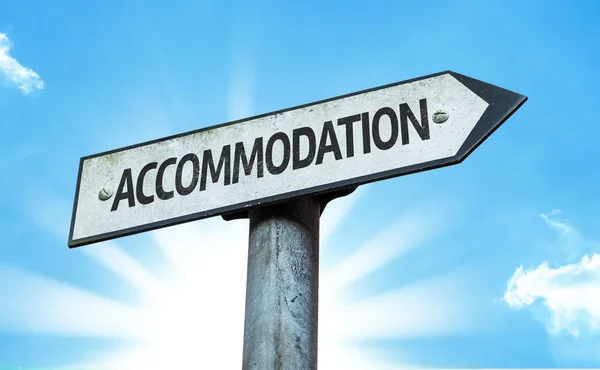Access is More Than Accommodations
Accommodations are provided by a school, employer, or other institution to ensure deaf people are able to fully access all the experiences and activities offered—however, access is more than just the provision of accommodations. True access is about creating an inclusive environment that empowers all individuals to participate meaningfully.
To promote equal opportunities and effective communication, legal frameworks like Section 504 of the Rehabilitation Act and the Americans with Disabilities Act require institutions to provide reasonable accommodations upon request. These laws serve as a foundation for ensuring that accessibility is not just a concept but a practical reality.
Types of Accommodations
Though not an exhaustive list, these are some commonly used accommodations.
Interpreters
Interpreters facilitate communication between a deaf and hearing person. This can be done in a number of modalities identified by the deaf person including:
- ASL interpretation
- Transliteration
- Tactile interpretation
- Oral transliteration
- Cued Speech Transliteration
Speech-to-Text Services
Speech-to-text services (STTS) is an umbrella term used to describe an accommodation where spoken communication, as well as other auditory information, is translated into text in real-time. A service provider types what is heard, and the text appears on a screen for the consumer to read. There are three main types of STTS:
- Communication Access Realtime Translation (CART)
- C-Print®
- TypeWell
Assistive Listening Systems
Assistive listening systems are designed to enhance the understanding of speech for deaf individuals who want to access information through their residual hearing and/or personal device (e.g., hearing aid or cochlear implant). There are different types of assistive listening systems that have their pros and cons and can support communication in a wide variety of settings.
There are three main systems used:
- Frequency Modulation (FM)/Digital Modulation (DM)
- Infrared
- Induction loops.
Note Takers
Note taking is an accommodation that captures important pieces of information in a systematic way. While most commonly used in the classroom, it can be used in any situation requiring learning, including job sites and internships. Deaf students benefit from receiving notes from a trained note taker as they already split their attention between other simultaneous accommodations (e.g. speech-to-text services, interpreting and captioned media), the instructor, group discussions and/or other information presented.
Captioned Media
Captioning media is the process of making pre-recorded videos accessible. Captions represent all of the audio content including spoken dialogue, sound effects, and speaker identification. Video captions benefit everyone including deaf students, emerging readers, visual learners, non-native English speakers, and many others.
Testing Accommodations
Test accommodations should allow deaf students to demonstrate content knowledge by reducing barriers due to testing design, wording and format. While accommodations are individualized, some commonly used accommodations include:
- Assistive listening devices
- Captioned media
- Extended time
- Glossaries or dictionaries
- Individual administration
- Frequent breaks
- Sign language interpreters
- Scribes to record signed or dictated responses
For a deeper understanding of accommodations and guidance on selecting the most suitable ones, explore the below report.
Determining Appropriate Accommodations
There is no one-size-fits-all accommodation to meet the diverse needs of deaf students. Start with a conversation with each deaf student to ensure effective communication. Ask how the student communicates everyday (e.g., at home, work, or school) and discuss different kinds of communication that may occur on campus, such as in the financial aid office, tutoring sessions or meetings.
Consider the Student's Experience
Deaf students’ experiences in requesting accommodations will vary. Some deaf students have experience with different types of accommodations and know what they need; others may not be familiar with the variety of options available to them. Accommodations that worked in high school may not be effective in higher education environment or may not be available at a new institution. Evaluate the student’s current needs in addition to their prior experience.
The decision-making process should include the deaf person throughout and end with constant follow up to ensure the chosen accommodations continue to meet the deaf person’s needs. Their choice of specific accommodations (e.g., interpreting, CART or live captioning, and notetaking) across a range of situations should be considered and honored.
Specialty Certificate: Accessibility Practices Certificate for Deaf Students
Unlock new opportunities to improve the experiences of deaf students on your campus in NDC’s comprehensive online learning experience. This specialty certificate is specifically tailored to Disability Services Professionals who are seeking to strengthen their knowledge and skills in working with deaf students.
ONLINE LEARNING MODULE
Attitudes and Biases as Barriers for Deaf People
Attitudes and Biases as Barriers for Deaf People is a one-hour self paced learning module designed to introduce how biases, attitudes, and social constructs impact deaf peoples’ experience as they navigate systems. This module will allow learners to examine how attitudes and biases manifest and are integrated into the systems as barriers for deaf people, as well as what action steps can be taken to reduce harm to deaf people both in personal and professional interactions.








